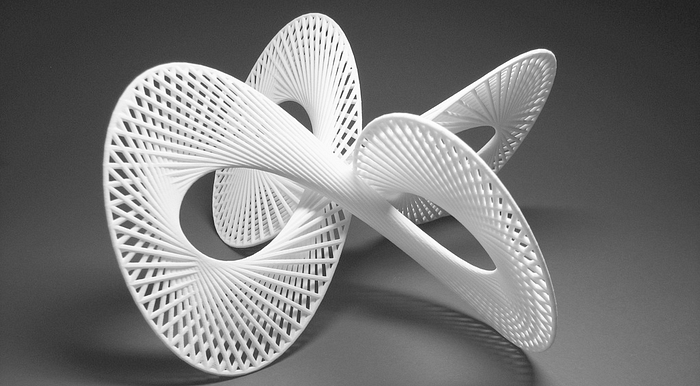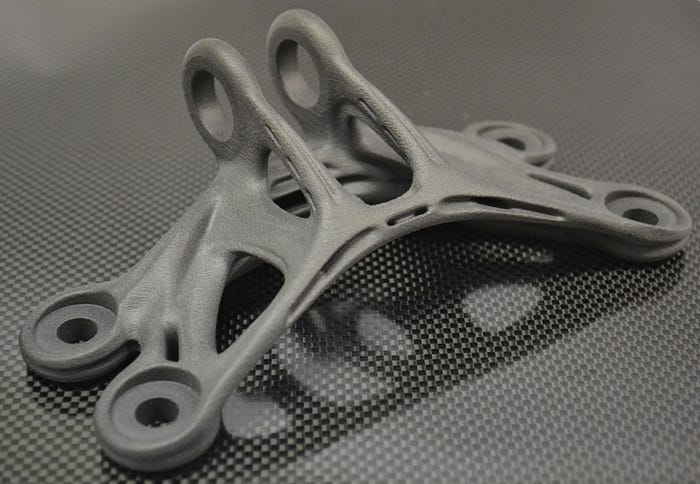
Here is an article written by our engineering team that will guide you through the design requirements and guidelines of the most prominently emerging fabrication processes: 3D Printing.
From 1984 when Charles Hull created the world’s first working 3D printer, the technology has gained a tremendous amount of momentum and 3D printers have found their way into an immense number of industries. This could be attributed to the drastic decrease in additive manufacturing (AM) costs.
At Factorem, we offer a plethora of additive manufacturing technologies and materials! And this whitepaper will guide you through the general guidelines to follow when designing a part to be 3D printed.
3D printing a part offers significant advantages over traditional fabrication processes.
Beyond the production advantages, additive manufacturing is not only transforming how industries manufacture, operate and distribute goods, but also is changing the manufacturing consumer experience.
Do take some time to read our whitepaper on 3D Printing Technologies to determine what method suits your prototyping needs here: 3D Printing Technologies.
Fabrication of parts using SLA (Stereolithography) is a type of drawing on the liquid surface of the resin, therefore features that are not directly above a particular layer will require support structures. These will need to be removed during post processing.
Parts manufactured using SLA will exhibit the staircase effect especially at curved or inclined surfaces. As this affects quality, there should be some emphasis on the orientation to be faced up to minimize this effect. Other orientation dependent factors that will need to be accounted for would be anisotropic characteristics, shrinkage, build time, trapped uncured material and nesting.

SLA Printed Part
The post processing of SLA printed parts includes draining all the excess liquid resin. Minimizing narrow passages in the design would negate the risk of liquid getting stranded in narrow passages or niches and solidifying.
Overall, when choosing to fabricate a part using SLA, the constraints that need to be considered are part size to fit in the desired machines, feature size with respect to layer size, type of resin, layer thickness, support removal and secondary processes.
SLS (Selective Laser Sintering) is one of the most straightforward types of additive manufacturing widely available in the status quo. As one of the main value propositions of SLS printing is the wide range of materials available, emphasis must be put into the choice of material during the part design. Despite the common usage of nylon materials for SLS, most available materials are offered by the equipment manufacturers. As such, the SLS machine would, to a certain extent, dictate the choices of materials that can be used.

SLS Printed Part
SLS is best suited for parts with significant material properties. As they do not need support material, SLS is ideal to create complex geometries with inaccessible internal features.